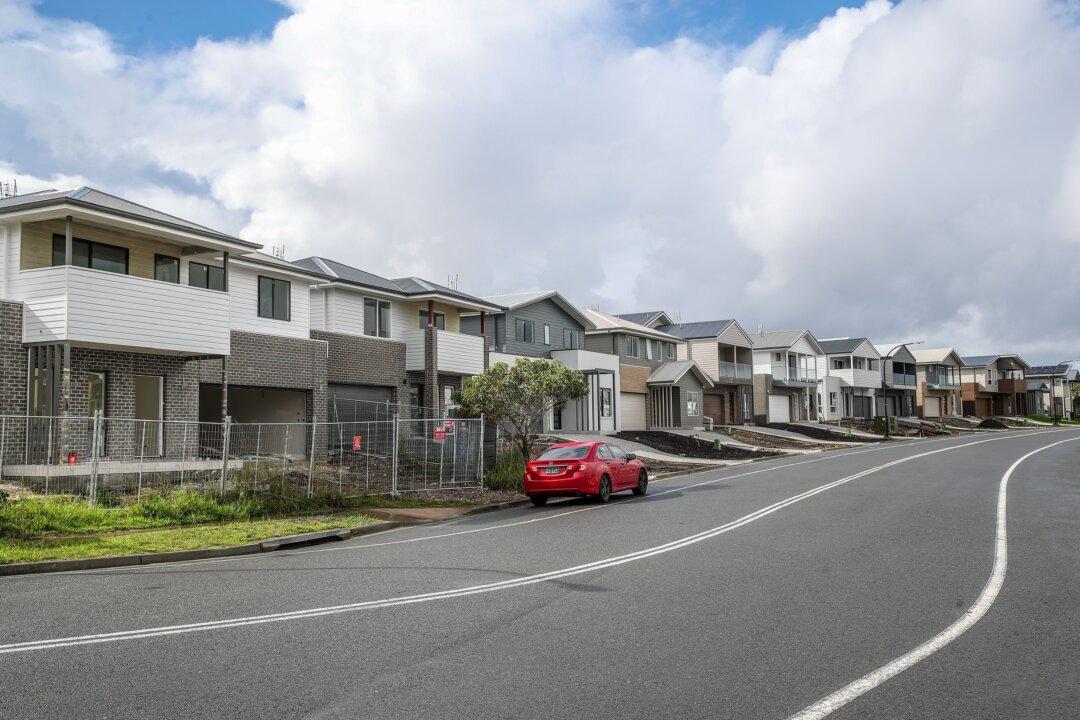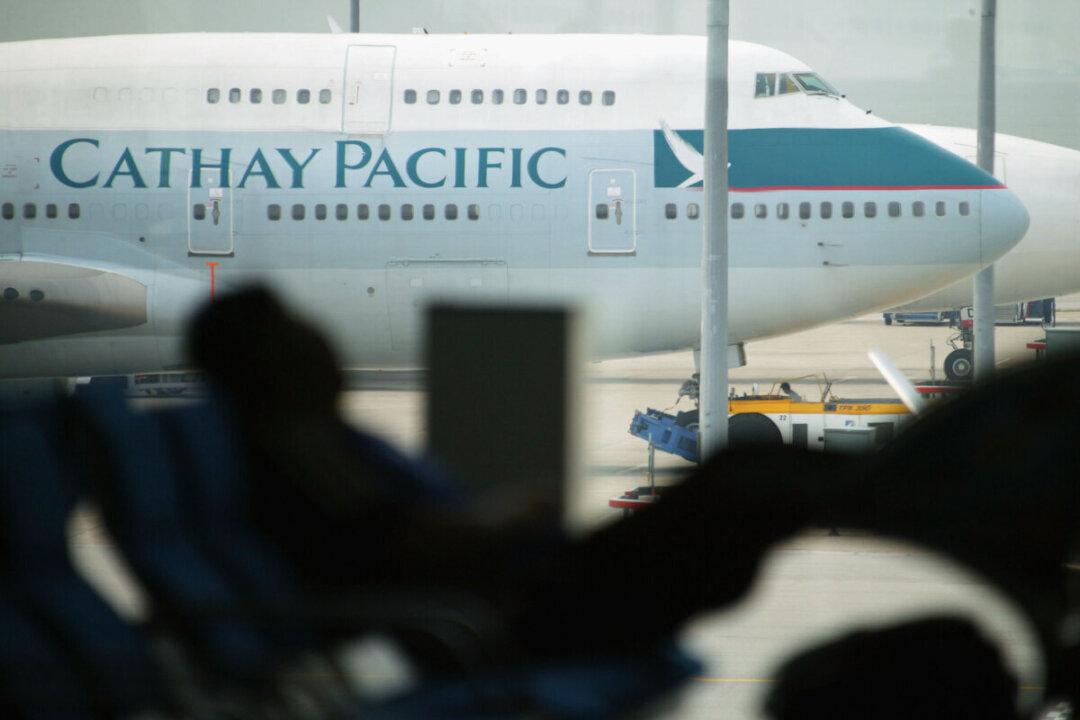Overseas migration drove the population in Australia to reach 26.5 million in the fiscal year to March 31, according to the Australian Bureau of Statistics (ABS).
The statistics bureau said that the total population in Australia increased 2.2 percent from the previous fiscal year. A 103 percent annual surge in arrivals from overseas to 681,000 was recorded after pandemic-related border restrictions were lifted in February 2022, while overseas migrant departures rose 8.8 percent to 226,600.




